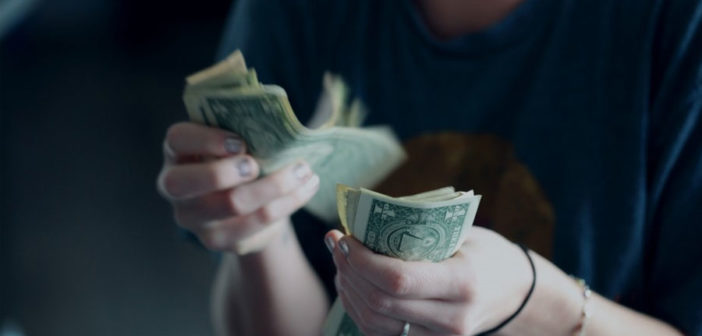You do not have to look far to read that businesses are facing an uncertain economic landscape across Asia. A landscape in which brand worth has never faced fiercer scrutiny.
Toys R Us is the latest stark example of what happens when people no longer want to pay what a company wants to charge them. And pressure to cut prices is stronger than ever thanks to the ever growing influence of digital transparency and retail procurement departments; last year, Amazon and Walmart asked for 10-15% price reductions from many of their suppliers, and Lazada demands a price decrease of up to 95% from some of their suppliers.
The ever-savvy price conscious consumer
Moreover, in this environment, a power shift has taken place as price-conscious shoppers have seized control. Indeed, our research found that 69% of 14,000 shoppers would not be prepared to pay more for one brand over another. What price loyalty?
Typically, brands respond with the ubiquitous strategy of discounting to drive volume. However, as numerous research studies have proven it is a short-term strategy and one that ultimately damages both brand and business in the longer-term. Conversely, our research shows that a 1% price increase can drive a 12-15% increase in profit. That is three times the profit increase seen by boosting sales the same amount. Which shows that the commercial impact of protecting prices can outweigh cutting them to drive volume.
Price perception is irrational
The good news is that consumers’ perceptions of pricing are fundamentally irrational. Behavioural economics studies show that when you flip the context, rebundle your output and shift the focus from price to value through added layers of experience, consumers are willing to pay disproportionately more for it.
The blurry pricing propositions of Singapore Airlines ‘cash & miles’ or LiveUp member rebate levels show how consumers’ perceptions of price can be hacked. By combining data-led pricing strategies with the creativity and behavioural science of a modern agency, brands can dramatically outperform the competition in a commoditised market. But that needs to start with bringing pricing strategy back into the marketing conversation. To help us achieve this, we have recently integrated specialist pricing consultants into the heart the agency where they work with planners and creatives to help brands package and protect the worth of their offering.
Price perception can be hacked
So how can brands hack consumers’ sensitivity to price? By first answering a simple question: what about your offering are people prepared to pay more for?
To help answer, there are three levers to help you increase your price perception:
– Understanding how you can ‘create’ more value via rituals, theatre or value-added services, such as the work we have been doing with Kerry recently – innovating how syrups are perceived and dispensed in the retail channel – selling more and at a higher price.
– ‘Connecting’ that new value to your audiences in meaningful ways. Such as our debut work with Starbucks for Frappucino that reframes it from a 1-for-1 favourite to a positive creator of culture that is worth paying more for.
– Identifying how to ‘convert’ sales at the optimum level to balance value with volumes, and short and long-term objectives. Helping IHG maintain price integrity across online distribution channels is a good example of optimising sales in a rapidly evolving industry In economically testing times, it is the businesses who innovate and disrupt that will overcome their competition.
For marketers everywhere, it is time to seize back control of the most ignored, most impactful lever in the marketing mix: Pricing.
–
This article first appeared in www.thedrum.com
Seeking to build and grow your brand using the force of consumer insight, strategic foresight, creative disruption and technology prowess? Talk to us at +9714 3867728 or mail: info@groupisd.com or visit www.groupisd.com


